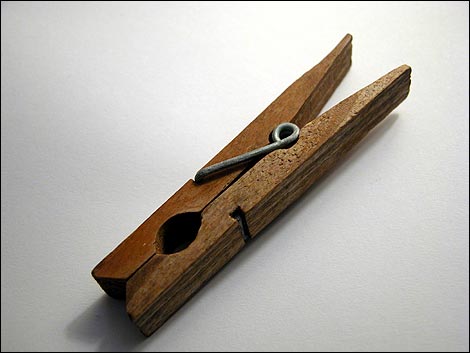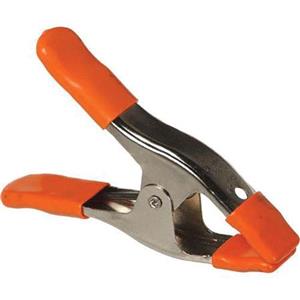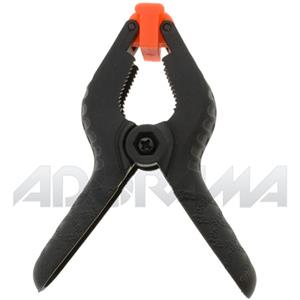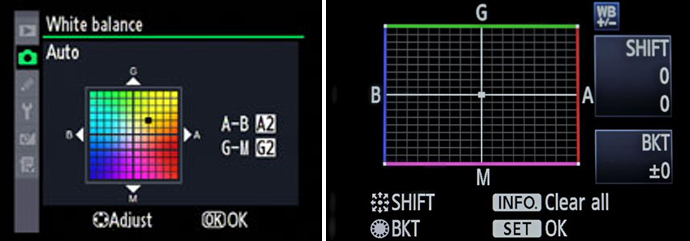So I currently have a red head and a blondie in my possession which both produce a yellow kind of light. I'm filming a night time kind of shot and want the lights to be more of a blue colour as I've been told blue light on the background reduces grain. Not to mention that the scene looks too yellow even when I've desaturated in camera.
I was wondering if it were dangerous to put some blue cellophane over the light (obviously not physically touching the light) to make it closer to the colour I want? The lights heat up quite a bit so I wasn't really sure.
EDIT: I've had a look around google and some people have suggested it before, but they're using examples of just work lights which aren't quite as powerful as the ones I have I don't think
I was wondering if it were dangerous to put some blue cellophane over the light (obviously not physically touching the light) to make it closer to the colour I want? The lights heat up quite a bit so I wasn't really sure.
EDIT: I've had a look around google and some people have suggested it before, but they're using examples of just work lights which aren't quite as powerful as the ones I have I don't think
Last edited:






